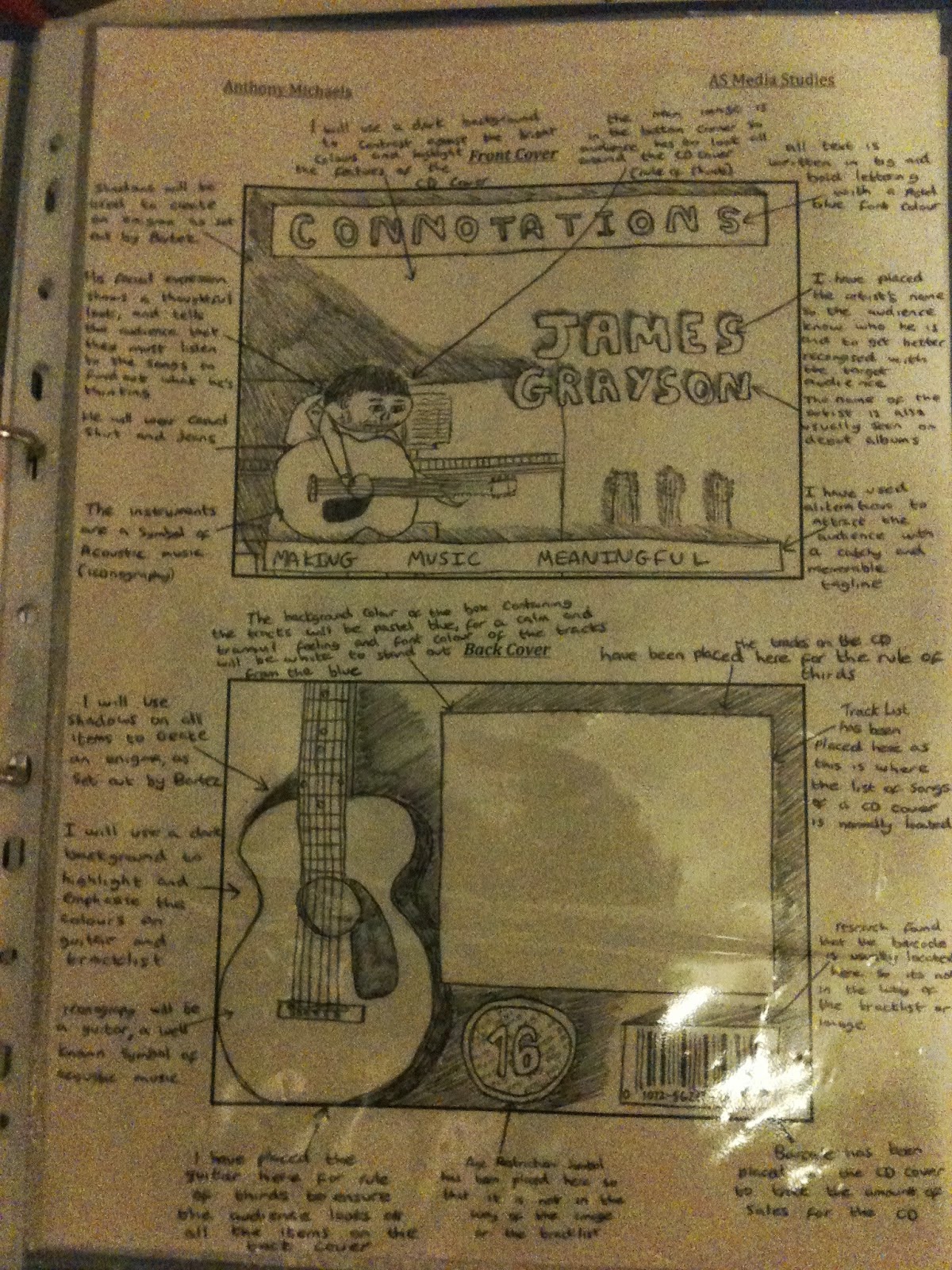Guide to an Analysis of an Advert
Choice of People – Have they chosen a celebrity or model to endorse their product? Why? What effect will this have on the audience?
Facial Expressions – If there are people / animals / characters in the ad, what do their facial expressions suggest about the product? Do they tell you how you would feel if you bought the product?
Body Language – What does their body language tell you about how you would feel if you bought the product? Are they close together, far apart? Do they look energetic or relaxed etc?
Colour –What colours have been used in the advert and what do they suggest about the product / brand? Are the colours associated with any particular emotions or feelings?
Lighting – Where is the light and shadow in the picture? What effect does this have on the audience? Does it draw your eye to any particular points? What effect does it have on the look of the product? Is it subtle or dramatic?
Slogans / Wording – Is it catchy? Is there alliteration? What words have they used and why? What do the words tell you about the product? Are they using puns, plays on words, metaphors and similes? Why? Do the words suggest something about the product? Have they used scientific words or statistics to make the product seem professional and effective?
Font – Why have they used a certain font? What does it tell you about the product / bran / target audience? Is it big and bold, or small and delicate? Is anything in a different font and why? What about the size of the letters?
Props / costumes – what do the props and costumes in the ad tell you? Do they suggest something about the person who uses the product? Do they tell you something about the way the product will make you feel if you use it?
Image Size – Have they used close ups, wide shots, medium shots? Why? Do they want you to see detail? Or do they want to show you the whole picture?
Image Angle – Have they used an eye level shot? A low angle shot (looking up at something) or a high angle shot (looking down at something)? What effect does this have?
Product – How and why have they shown the product and its packaging? What does the bottle / packaging / appearance of the product suggest about it?
Other images – what do any of the other images suggest to the audience? Eg background images etc..
Product Name / Company Name – what do they suggest to the audience about the product or the institution? Eg The brand name “L’Oreal Paris” suggests the product was made or associated with a capital city famous for fashion. This signifies to the audience that the product is fashionable and chic.
KEY WORDS TO USE (tick them off as you go and use them as many times as you can)
Connotation / Denotation
Signify / Signifies
Target Audience
Signify / Signifies
Target Audience
Visual Codes... Costume / Facial Expression / Colour / Body Language / Graphics
Technical Codes... Sound / Editing / Framing / Lighting
Technical Codes... Sound / Editing / Framing / Lighting
Represents (eg the image of diamonds represents the product as being quality)
Stereotypes...Challenge or Reinforce
Slogan
Brand Image
Shot Type...Close up / Extreme Close Up / Medium Shot / Wide Shot / Extreme Wide Shot
Low Angle / Eye Level / High Angle
Product
Packaging
Institution
ABOVE ALL
You should be writing about WHO the product is aimed at and how you know that.. and HOW it makes an audience WANT the product...
Task 1: Analyse the Coco Chanel advert using media terminology.
Orange books 300 word essay
Task 1: Analyse the Coco Chanel advert using media terminology.
Orange books 300 word essay



































